How and what to clean a glass-ceramic hob – 7 ways
All manufacturers recommend cleaning the glass-ceramic hob only with soap solutions or special products for glass-ceramics (in the form of creams, pastes or sprays). The latter are good in that they not only clean the surface of the slab, but also leave a dirt-repellent film on it, give shine.
But what to do if a special cleaner is not at hand or it simply cannot clean stubborn dirt? In this case, you will be helped by funds from your first aid kit or kitchen cabinet, as well as our advice on choosing more effective means for glass ceramics..
If you have a gas stove, see the material: How to clean a gas stove in 8 steps
Method 1. How to care for your glass-ceramic hob every day
This method is the only one that is officially allowed to be used by all manufacturers of glass-ceramic plates for daily cleaning..
Instructions:
- After cooking (or during the process), while the stove is still hot, carefully remove any burnt liquids and food debris with a scraper..
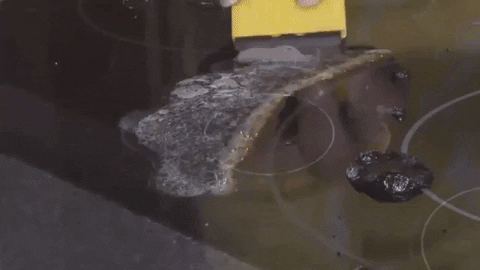
- When the stove has cooled down (!), Treat the dirty areas with soapy water (for example, dishwashing liquid) and rub them with a not too hard sponge. You can also wash the stove with a wet sponge and laundry soap..
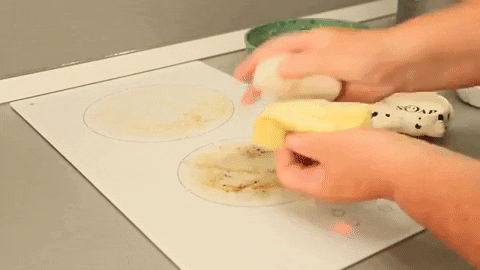
- Remove stubborn dirt with a special paste or cream for glass ceramics.
- Wipe the stove clean and dry, removing the rest of the product itself.
Advice:
- A soapy solution or a frothy cap from it can be left on the stove for 20-40 minutes. The main thing is that the liquid does not leak out of the stove..
- The main tool for cleaning the glass ceramic hob is the glass scraper. How to use it? Place the scraper at a sharp angle to the surface of the stove and simply slide it back and forth.
Method 2. How to clean a glass-ceramic hob with soda
We want to warn you right away: all manufacturers prohibit the use of soda for washing glass-ceramics because of its abrasive properties (micro-scratches remain on the surface, due to which the gloss is somewhat lost). However, as practice shows, soda does not bring significant harm, and most users use it to wash glass ceramics regularly. If your stove is very dirty and you have nothing at hand, you can try this cleaning method..
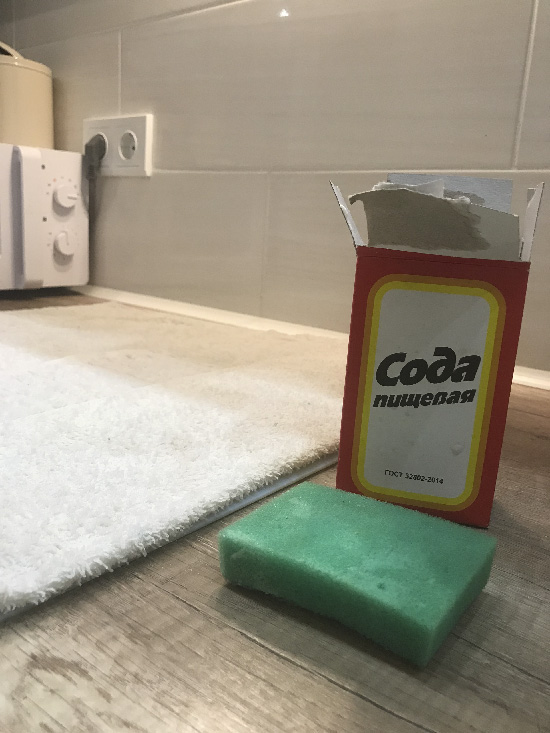
Due to its alkaline properties, it copes well with old carbon deposits, dirt and grease.
Instructions:
- Sprinkle baking soda all over the stove.
- Prepare a solution of hot water and dishwashing liquid in a small bowl.
- Soak a towel well in soapy water and completely cover the stove with it as shown in the photo.
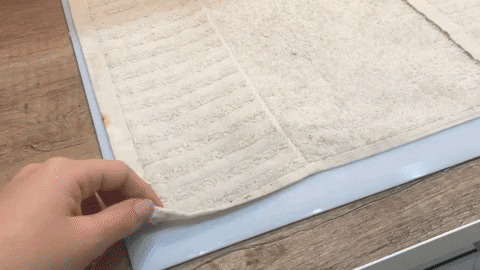
- Leave the towel on for 15-30 minutes to loosen dirt.
- Rub the surface of the stove with the same towel, using the rest of the baking soda as a rubbish against soot and dirt.
- Thoroughly wash and wipe the glass ceramic clean and dry. Use 9% vinegar if desired to remove baking soda residue faster.
Advice:
- Instead of one large towel, you can use two small ones..
- The towel should be wet enough to dissolve the baking soda and wet the surface, but not so wet that it puddles and drips off the stove..
- This method of cleaning can be used immediately after method number 3 (see below) – this will make cleaning even more efficient..
- Particularly stubborn dirt can be removed with a soda paste (soda + water in a 1: 1 ratio). In this video you can see how to clean a glass ceramic hob with soda paste..
Method 3. How to wash a glass-ceramic stove using 9% vinegar
Vinegar is an excellent cleaner for removing lime and grease stains from glass ceramic hobs. Yes, it is no more effective than dishwashing liquid or ordinary glass ceramic cleaning spray, but it is always at hand and is inexpensive.
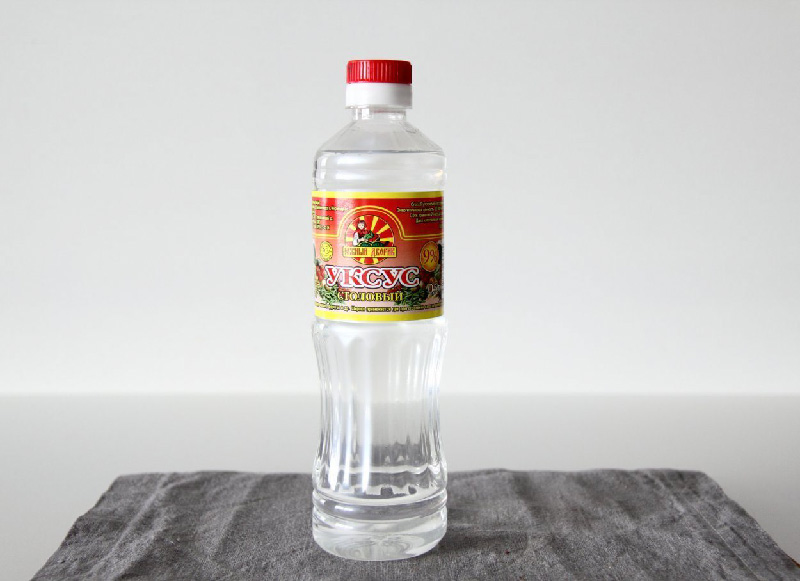
- When the stove cools down, spray or moisten the dirt with 9% table vinegar, wipe the stove with a damp cloth to remove the dirt.
- Wipe the stove clean and dry.
Method 4. How to clean a glass ceramic hob with toothpaste
Whitening toothpastes contain fine and delicate abrasive particles that can remove burn marks, dirt and grease. Simply apply the paste to dirty areas, scrub with a sponge and rinse thoroughly to remove any remaining toothpaste.
Method 5. Cleaning the plate with a glass cleaner
An ammonia-based glass cleaner removes grease and dirt well from the glass-ceramic hob, and also restores its shine.
Instructions:
- Spray glass cleaner on the stove and wipe with a cloth or moderately hard sponge.
- Wipe the stove with a damp microfiber cloth.
Method 6. Removing difficult stains with a melamine sponge
The melamine sponge is quick and easy to clean glass ceramics, but it must be used with care. Before using it, we recommend that you familiarize yourself with the contraindications and properties of the product..
Instructions:
- Spray soapy water or glass cleaner on the stove.
- Rub local contamination with a melamine sponge.
- Thoroughly rinse off the remnants of the melamine sponge, wash the entire surface of the plate with soapy water.
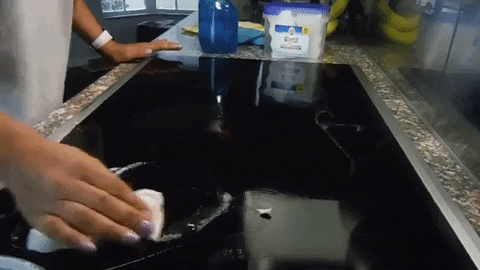
Method 7. How to restore the shine of glass ceramics and protect it from future contamination
For this purpose, there are special means for restoring glass ceramics, but you can use petroleum jelly or ordinary baby oil instead..
Instructions:
On a clean, washed surface, apply a thin layer of oil or petroleum jelly and rub it in small circular movements with a soft cloth.
Tips for choosing a glass ceramic cleaner
In the departments of household chemicals in any store, you can find cleaning agents for glass ceramics such as Cilit Bang, Sanita, Shumanit and others. They are good because they are sold everywhere and are inexpensive (relatively), but they are much less effective than professional glass ceramic cleaners. However, it is still useful to have them in your arsenal – for daily cleaning and removal of light dirt..
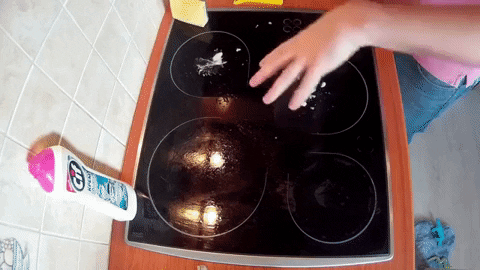
However, if you want to make it as easy as possible to keep your glass-ceramic hob in order or to clean a very neglected glass-ceramic hob, then we advise you to purchase a professional tool from the manufacturer (not necessarily the manufacturer of your stove). The price of any professional cleaner is high (from 500 rubles), but having tried to clean the stove with it at least once, you cannot refuse it.
- So, for example, very effective products are produced by Electrolux, Indesit, Miele, Korting.
You can buy glass ceramic cleaners in hypermarkets and online stores of household appliances (M.Video, MediaMarkt, etc.).
In the video you can see an overview of the Electrolux glass ceramic cleaner.
Advice:
- Sprays are convenient to use to remove grease and dirt from the entire surface of a glass-ceramic hob, and pastes and creams help out when it is necessary to remove particularly persistent local dirt around the burners.
- Products that contain glycerin or silicone can restore the shine of the glass ceramic hob and facilitate future cleaning..
Tips for caring for your glass ceramic hob
- Try to clean the hob immediately after each use: first with a scraper while the stove is hot, then wash with detergent after the surface has cooled down completely. Remove especially quickly: melted plastic, plastic wrap, foods containing sugar, such as jam or caramel.
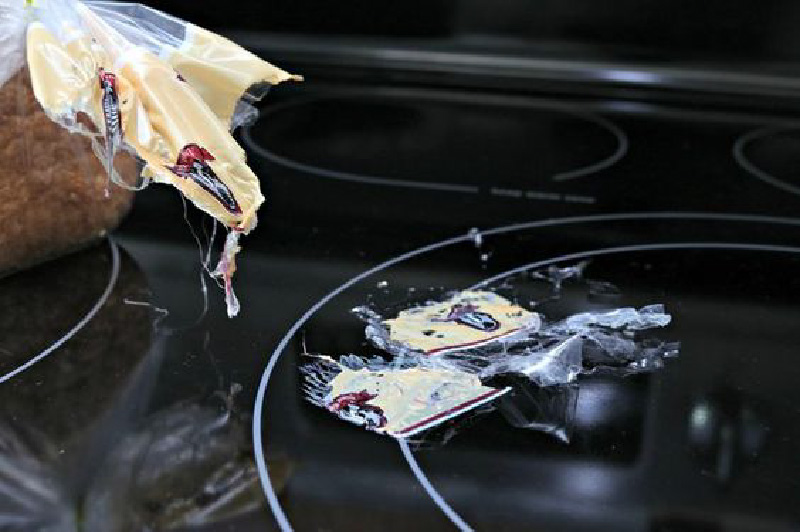
To remove the solidified molten plastic, it must be melted again and scrapped.
- Do not use aggressive cleaning agents such as oven cleaner, bleach, blockage remover, etc. From them, blue spots may appear on the stove, which are unlikely to be eliminated..
- Always use clean pots and pans.
- It is undesirable to use cookware made of aluminum and copper, as well as enamel cookware, as it leaves traces that are difficult, and sometimes simply impossible to remove..
- Do not use abrasive products, hard brushes or sponges..
- Keep in mind that the scraper blade will need to be replaced periodically. One blade lasts 8-12 months.
- Do not use cutlery knives or any other sharp objects instead of a special glass scraper. What can be used to temporarily replace the scraper? A silicone spatula is ideal for removing fresh dirt..
- After washing the glass-ceramic hob, wipe it dry to avoid limescale deposits and streaks..
